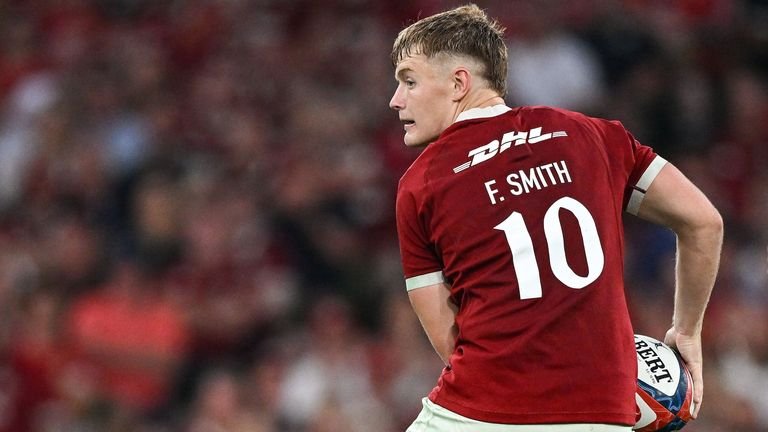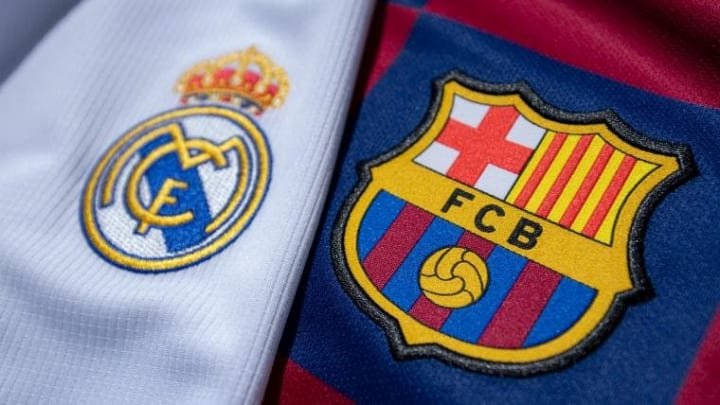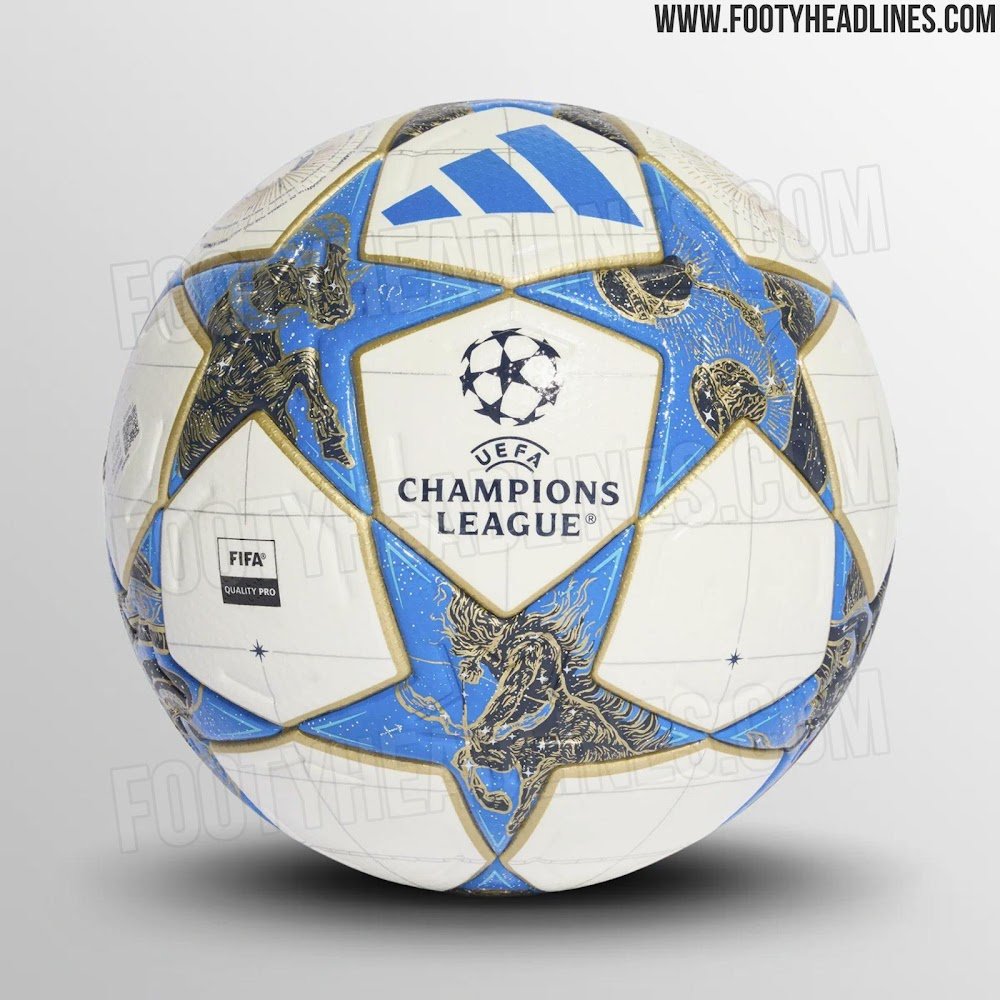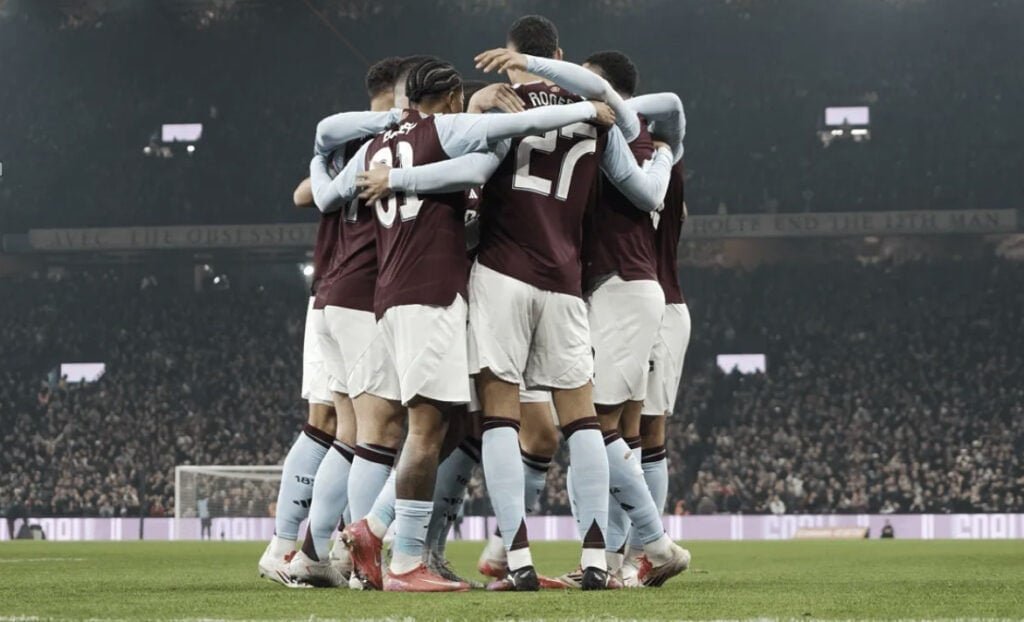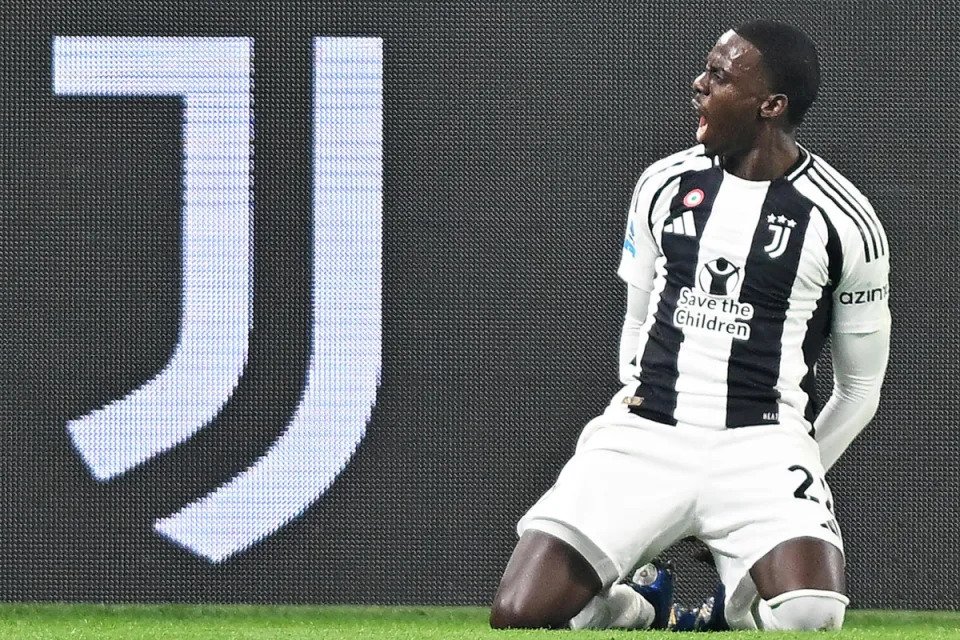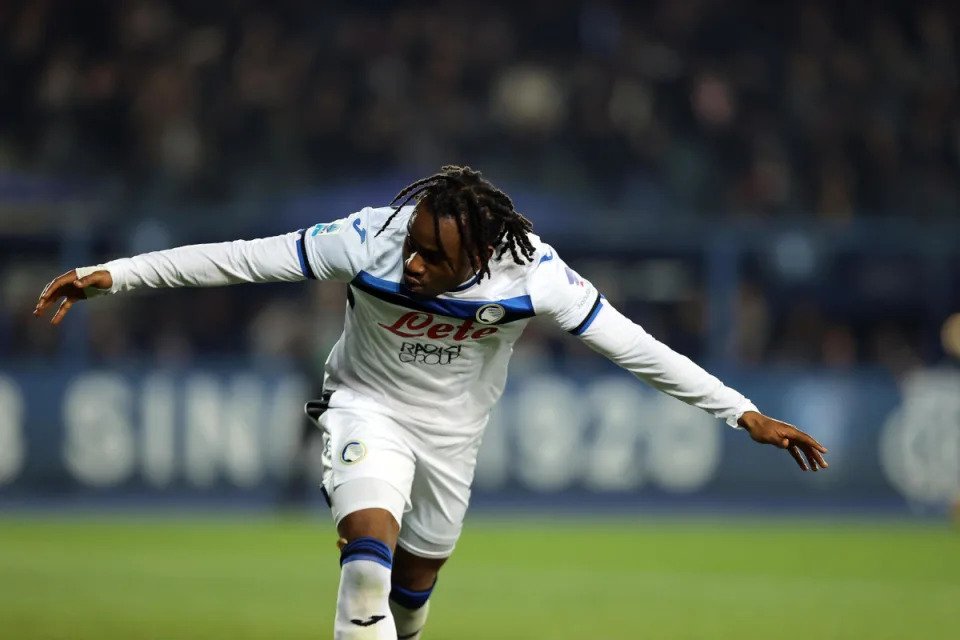The defining feature of European football over the past decade has been the development of the women’s game. The quality has risen, crowds have grown, and the number of fully professional players has increased dramatically. Various countries have hosted international tournaments. Various countries have won those tournaments. And various countries have seen their domestic league grow in profile.
Amid all of this, Italian women’s football remains something of a mystery to most outsiders. They exited at the group stage at both Euro 2022 and the 2023 Women’s World Cup. Serie A Femminile isn’t attracting the game’s elite. And one of its promising stars, Sofia Cantore, signed a three-year deal with Juventus in January, only to leave on a buy-out clause to the Washington Spirit in America. She’s the first Italian to play in NWSL and among the few Italians currently signed to a foreign club.
Results from the formative days of the European Championship feature Italy reaching the semi-finals in five of the first six tournaments, between 1984 and 1997. In a way, Italian football has gone backwards compared to its European rivals.
Steadily, though, they are making progress again.
Few are in a better position to judge Italy’s progress than Rita Guarino. As a player, she appeared 99 times for Italy during a period of relative success. She won the Italian title five times across four different clubs. After being appointed the first coach of Juventus Women in 2017, she immediately took them to four straight titles — the last with a 100 per cent record in the league.

Rita Guarino was appointed the first coach of Juventus Women in 2017 (Francesco Scaccianoce/Getty Images)
“I think one of the challenges we have is how we communicate the women’s game in Italy, in the commercial and marketing side,” she says. “We have two or three big challenges. One is the stadium structure, where only a few teams are at a high level. If you play in a great stadium, you can attract more sponsors, more broadcasters, and obviously more fans.
“This is a big problem, not just for the women’s game but the men’s game. Look at San Siro. It’s a very big, historical, beautiful stadium, but it’s very old, and we need to renew it. We need to create a social environment during the games. And we need to create a specific supporter of the women’s game. In 2019, we played Juventus vs Fiorentina at the Allianz Stadium, and beforehand, we thought maybe 5,000 or 10,000 supporters would come. But the president said, ‘No, we will open the whole stadium.’ And we got 39,000 fans. It’s the record for an Italian game. It was amazing.”
While Italy was a leading light in the 1990s, the domestic game was barely followed.
“Usually, I played in front of 100 people, just parents and friends,” she recalls of the period leading up to the first World Cup, played in China in 1991. “I never thought football could be my professional job. When I got called up for the World Cup, it was amazing. Most of the time, I was on the bench, just warming up. But for the quarter-final against Norway, the coach called me. After a few minutes, I scored on my first appearance for the national team. It was amazing, playing in a full stadium. From that point, I believed football could be my professional job.”

Rita Guarino, bottom row, far right, represented Italy 99 times as a player (Matthew Stockman/Getty Images)
Guarino’s profile rose dramatically upon her management of Juventus. Even considering the club’s financial power, it was remarkable that they won Serie A in their first campaign as a club and it owed much to Guarino, who knew Italy’s up-and-coming players better than anyone.
“Me and the sporting director, Stefano Braghin, started with a bit of paper, writing down names in a 4-3-3. I worked for nine years with Italy’s youth teams, so I knew every player. And we started to call the players who could have that mentality that Juventus demands. Young, talented players, and some experienced players. The club said they wanted to compete at the top of the table in the first year. We had very little time to prepare, but we won our first 17 games, then we had some injuries, and in spring, we dropped points. Then, at the end of the season, we were tied with Brescia, so we had a play-off, and won on penalties. It was unforgettable.
“When you go to Juventus, you can feel a certain mentality and you have to learn immediately what it means. You need to know immediately the history of the club and the environment of the club, and you need to be prepared.”
A notable feature of the current Italian squad is how they almost all play in Italy. Of the 33 players called up for a pre-Euros training squad, only two — Aurora Galli of Everton and Cantore, who moved to Washington — are currently contracted to a foreign club. That has led to a concern that players aren’t being tested in Europe’s best leagues and aren’t experiencing different tactical concepts either.
“When England started the professional league in 2011, they called every English player who played abroad and asked them to come home because they had a plan to be one of the best championships in the world,” Guarino says. “So it’s very important that players stay here because this is the moment to grow. But individual ambitions are also important, and if some players play abroad, they can play the game from a different point of view and transfer that experience (to the national side). So for Serie A, it’s important the players stay here, but for our national team, it’s important that they have experiences abroad.”
One obvious candidate to move abroad is Roma midfielder Manuela Giugliano, an outstandingly talented playmaker.
“I know her very well because she helped us to win the bronze medal in the Under-17 World Cup in Costa Rica,” says Guarino. “She had an opportunity back then to join Atletico Madrid. But she wasn’t ready. I think now she has the maturity to go abroad and learn more about the intensity of the game, to think differently, because technically and in terms of tactical intelligence, she’s unbelievable. She’s magic.”

Roma midfielder Manuela Giugliano is primed for a move abroad (Dan Mullan/Getty Images)
The fascinating thing about Giugliano is that she’s previously been fielded in two distinct roles, the positions played by — to use two recent greats from the men’s team — the likes of Andrea Pirlo or Francesco Totti.
“We are a country of No 10s,” says Guarino. “She can play in a different way, but I love it when she plays No 10 because she can score goals. She can find the space that nobody else can. I think Manuela needs a different style of player around her, but we need to develop players like her.”
That relates to another issue with Italian football: whether their game is technical and open enough to compete at the top level. Traditionally, the Italian game is considered overly cautious, and while that reputation no longer holds, the sides tend to be about organisation rather than individual quality. Guarino insists Italian football is no longer about defensive play.
“We’ve lost our Italian style,” she says. “If you watch Serie A, they play in different ways. We’ve changed a lot.”
But against strong opposition in recent tournaments, Italy have long periods on the back foot, despite possessing a wealth of outstanding technical midfielders.
So, how does Italian football improve? Is it a tactical or a technical issue?
“I never separate the two things, because to play football you need technique, and to play with technique, you need tactics,” she says. “We need to reduce that gap, but we also need to learn from countries that are fitter and play at high intensity. In terms of speed and in terms of covering ground, we need to reduce that gap. We are tactical, we are technical, but we need to be prepared to adopt a different style of play against some opponents, to be flexible and adaptable.”
Guarino sees Serie A as a key part of that growth.
“In 2015-16, there were only 11 internationals in our championship,” she says. “Now there are 120, and in the last few years, we’ve had some very high-level players. So the level of the game has changed and every year it’s better, every year there are new players. And we’ve started the project with men’s professional clubs having to have a women’s youth team from about 10 years ago.
“We’re evolving. We started late, but we are working to accelerate the process, and I think we can be very competitive in the coming years.”

Rita Guarino sees Serie A as a key part of Italy’s national team growth (Marco Rosi/Getty Images)
England is viewed as a template for other European nations hoping to develop — the Women’s Super League (WSL) is attracting supporters, top-level players and financial investment, while the national side hosted and won Euro 2022, then reached the World Cup 2023 final.
“They started the league 15 years ago, and when they hosted the 2005 Euros, they had a very clear ambition to grow,” says Guarino. “The goal was 100,000 female players. Now they have 150,000-160,000 players. If you have quantity, you can create quality. And they have some of the best players in the world in the WSL, so players can play at a high level.”
Guarino sees the next step in growth is to reduce the technical mistakes and improve tactically, especially in terms of defence.
“We also need to work on the positioning of goalkeepers, so they read the game better. They don’t have the strength or height of a man, so they need to be very consistent in their positioning,” Guarino says. “In the modern game, they must improve technically, because most of the time, it’s one-against-one in the build-up, and if you’re against an aggressive team, you will lose the ball every time.”
In the short term, Italy look refreshed under new manager Andrea Soncin, the tournament in Switzerland is well located for travelling Italian fans, and the draw puts them on the weaker side of the tournament, even if they are in a group with Belgium, Portugal and Spain.
If they sneak out of Group B, probably behind Spain, Italy will have a winnable quarter-final against relatively modest opposition from Group A, which could allow them to reach the final four for the first time since 1997, when Guarino was part of the squad which ultimately reached the final, losing 2-0 to Germany.
Other traditionally strong footballing countries in Europe have had their moment to spark increased interest in domestic football back home. Maybe now it’s Italy’s turn. A good run this summer, especially with the men’s team enduring another mini-crisis, could allow Italian women’s football to explode into life.
(Top photo: Mattia Pistoia/Inter via Getty Images)


